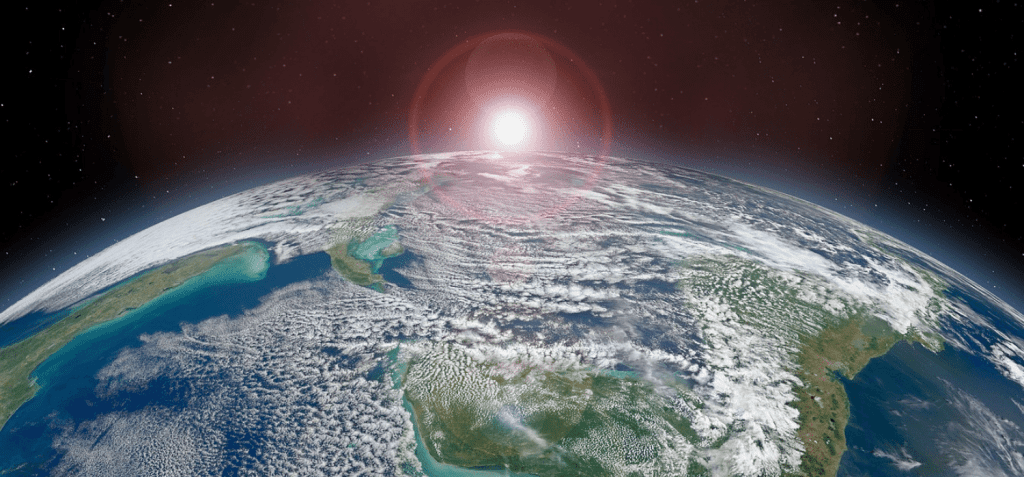Five space-based innovations – Springwise
World Space Week is a United Nations-endorsed celebration of the contribution of space science and technology to the betterment of the human condition. Held between the 4th and 10th October, the theme in 2022 was ‘Space and Sustainability’. This looked at the issue from two perspectives. The first is the sustainability of space – particularly how we use the orbital area around our planet. The second is sustainability from space – how space-based technology can contribute to sustainability on earth.
Space has long been associated with large publicly funded organisations such as NASA. But, increasingly, innovators of all shapes and sizes are entering the field – and it’s not just SpaceX or Virgin Galactic. Discover five space-based innovations that are having a positive impact on this planet and beyond.

RESEARCHERS COMPLETE ON-THE-GROUND TESTS OF SPACE POWER STATION TECHNOLOGIES
A complete system of space solar power technologies has passed testing by researchers from China’s Xidian University. The scientists proved the concept of converting solar power captured in space to electricity and then wirelessly transmitting the power as microwaves. Once received by a station, the microwaves are re-converted back to electricity and added to the local power grid. The full-system test, which was conducted on the ground, successfully transmitted renewable energy across 55 metres and proved the effectiveness of many of the components of the mechanical design. Read more

A SOLAR PANEL FACTORY DESIGNED FOR EARTH AND BEYOND
With current technology, it would take a minimum of 260 days to reach Mars. That is a long way to go – and given the cost of transportation, humans who plan to colonise the Red Planet must be able to fabricate a lot of what they need on-site. One thing colonists are going to need is energy, and startup Maana Electric is working on a system to deliver it. The company has developed an automated factory that produces solar panels out of sand – and which could also see a lot of use here on earth. Read more

ROBOT FACTORIES TO MANUFACTURE MATERIALS IN SPACE
For decades now, astronauts and scientists have been conducting experiments in space. These have demonstrated that a number of materials, such as ZBLAN fibre optics, are of much higher quality when produced in ‘microgravity’ – a term to describe the very low levels of gravity experienced in an orbiting spacecraft. Now, space tech startup Space Forge has raised funding to deploy satellites for manufacturing materials such as new alloys, medicines, and semiconductors in orbit. Read more

SATELLITE IMAGERY HELPS FARMERS USE FEWER CHEMICALS
Canadian space data company Wyvern has recently received government funding to complete the launch of the company’s DragonEye satellite. Dedicated to improving environmental health by harnessing the power of satellite imagery, the company is working to complete the first use of its unfolding space cameras. DragonEye satellites use hyperspectral imaging to provide users with unparalleled detail in near-to-real time. Read more

SPACE DEBRIS TRACKING SYSTEM HELPS PREVENT COLLISIONS
Historically, the race to space has focused on getting teams and countries into orbit, with far fewer resources dedicated to cleaning up after missions. Just as climate change was ignored by many for decades, so too was debris in space. With space traffic growing rapidly, there is now a growing need for the development of another aspect of exploration – tracking the rubbish left behind in order to prevent dangerous collisions. Portugal’s Neuraspace, part of the European Space Agency’s Business Incubator programme, recently raised €2.5 million to bring its intelligent monitoring platform to market. The AI-based platform analyses millions of historical flight paths to identify high-risk areas. Read more
Curated by: Matthew Hempstead
To keep up with the latest sustainable innovations, sign up to our free newsletters or email info@springwise.com to get in touch.

